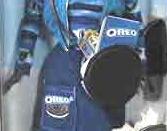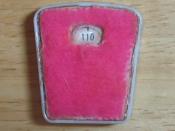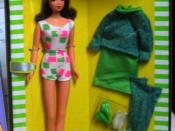Question 1:
Jill Barat Became CEO of Mattel on August 22, 1996. She had served the company for 15 years and during these years as product manager for Barbie she tripled Barbie's sales to $ 1.4 billion between 1988 and 1995
As CEO, Jill Barad primary goal was to grow earnings per share in line with the company's stated goal of 15 % per annum compounded before the effects of any acquisitions. Despite Mattel's past and Barad's starring role in it many observers of the toy industry believed that this goal was very difficult to achieve.
In 1996, Barad's strategy had four main elements and with these Barad thought that she could accomplished the goal
First she would continue profitable practice of extending the company's existing brands (Barbie, Fisher Price, Hot Wheels, Disney licenses).
Second, she would develop new product categories, particularly in boys' toys and board games, the areas that Mattel was traditionally weak.
That could be accomplished through internal product development or by acquiring an emerging company and then growing its business through further investments.
Third the company would focus more effort to expand on overseas market, where Mattel's presence was more limited than in the United States.
Finally she would try to increase earnings by driving down costs. This would be achieved by outsourcing production to low cost foreign factories in countries like China. This would be a major shift for the company' policy, which in 1995 manufactured two thirds of its core product lines in its own plant.
Question 2:
Three years later into her tenure, Jill Barad's strategy for Mattel was increasingly being questioned by stockholders. In early 1998 the price of the stock was $44 per share1999 and despite a record bull market in American stocks by June the stock fell to $23...


